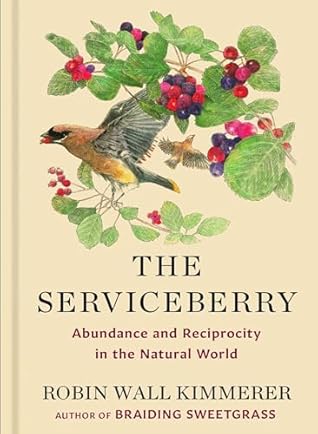More on this book
Community
Kindle Notes & Highlights
Eating with the seasons is a way of honoring abundance, by going to meet it when and where it arrives.
When we speak of these not as things or natural resources or commodities, but as gifts, our whole relationship to the natural world changes. In a traditional Anishinaabe economy, the land is the source of all goods and services, which are distributed in a kind of gift exchange: one life is given in support of another. The focus is on supporting the good of the people, not only an individual. Receiving a gift from the land is coupled to attached responsibilities of sharing, respect, reciprocity, and gratitude—of which you will be reminded.
Recognizing “enoughness” is a radical act in an economy that is always urging us to consume more.
The currency in a gift economy is relationship, which is expressed as gratitude, as interdependence and the ongoing cycles of reciprocity. A gift economy nurtures the community bonds that enhance mutual well-being; the economic unit is “we” rather than “I,” as all flourishing is mutual.
The prosperity of the community grows from the flow of relationships, not the accumulation of goods.
When human survival is threatened, compassionate acts overrule market economies. People give freely to one another, and bonds of ownership disappear when everyone pools their resources of food and labor and blankets in solidarity. When systems of governance and market economies of debt are disrupted, networks of mutual aid arise.
“If the economy requires people to consume more resources than the Earth can replenish, just to keep the whole thing from collapsing, isn’t it time for a new economy?”


